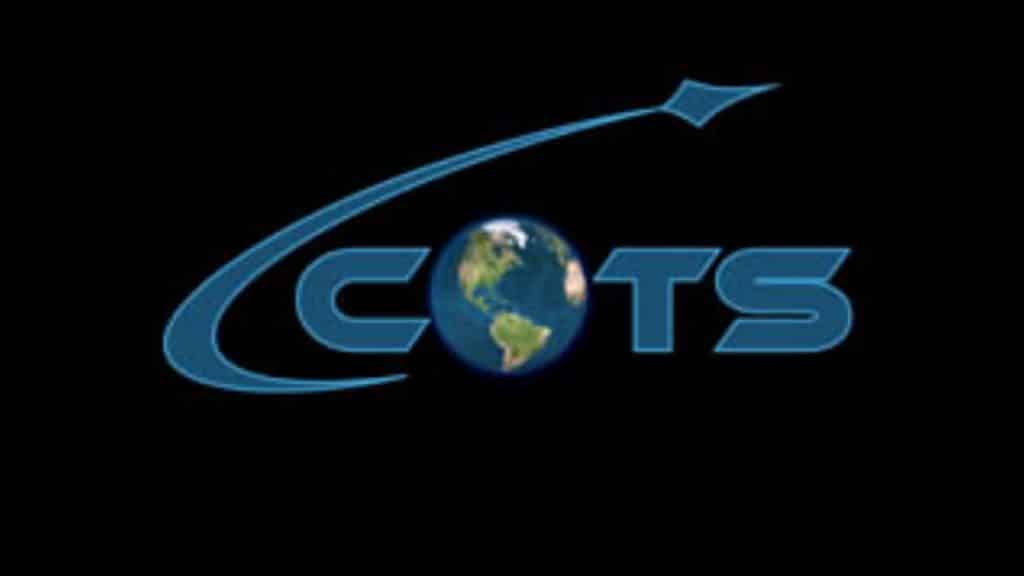Knowles Precision Devices Blog article opens up discussion whether COTS components are ready for space use.
After decades of viewing MIL-SPECs as the gold standard for qualifying and screening parts for viability in space, NASA has recently changed course, and is adopting commercial-off-the-shelf (COTS) parts as an option for a variety of space applications.
Burgeoning changes in industry trends, a drive to remain competitive, and the desire to guide budget-constrained missions pushed the organization to commission a NASA Engineering and Safety Center (NESC) study to evaluate the reliability of COTS parts. Upon completion of the study, NASA aims to create a consistent set of requirements at the agency level to minimize risk and impact of part selection/usage on the performance of NASA spaceflight technology.
NASA Determines Characteristics of a COTS Part
To begin, it is crucial to understand NASA’s definition of what constitutes a COTS component. As defined by NASA Chief Safety and Mission Assurance Engineer Jesse Leitner, COTS parts are “parts where the manufacturer solely establishes and controls the specifications for performance, configuration and reliability.” This means that the manufacturer is the sole party involved in selecting the design, material, processes, and testing used to assess the viability of a part. After completing manufacturer-designed testing and meeting safety criteria, COTS parts are then usually sold through commercial distributors.
It is important to keep in mind that the term “COTS” alone does not mean that the part is unqualified, unscreened, or untested; instead, the only true difference between a COTS part and a part verified by MIL-SPECs is that a COTS part has been qualified by an entity other than the government or typical third party. Therefore, the key insight revealed in the NESC study is that COTS parts can be equally reliable when it comes to usage in space applications, even though in the past, organizations may have assumed otherwise.
Potential Problems Associated with Traditional Screening Methods
When NASA viewed MIL-SPECs as the only trustworthy method of assuring complete reliability in mission-critical and space application parts, NASA then had to meet quality specifications that catered to the most extreme range of conditions. Although MIL-SPECs were deemed reliable due to reliance on U.S. government-produced drawings and requirements, the NESC study suggests that this methodology may arbitrarily link certain parts with reliability. Since MIL-SPEC testing is conducted using generic specifications that might not pertain to actual part usage (or might only cater to extreme uses), it is possible that parts tested through MIL-SPEC screening practices might be over-tested and become less reliable as a result.
NASA COTS Parts Qualification Criteria
By design, NASA-screened COTS parts undergo a different version of testing than MIL-SPEC-screened parts. The purpose of this testing is to establish consistent criteria for selection, screening, qualification, and derating of the electrical, electronic, and electromechanical (EEE) parts.
Although not required, many times MIL-SPEC tests are also performed to test for reliability. However, it is important to be aware of the danger of over-testing that may occur as a result of implementing this method since this specific type of testing is not curated based on specifications in the part’s datasheet. According to the NESC study, this option can potentially yield the greatest uncertainty for reliability, especially if the COTS part being tested is a low volume part.
more reference to the topic: The Great Debate: Should COTS Components Be Used in Space?, published by Microwave Journal.
